第四章 二、玉石器
王志杰
玉器是在石器的基础上发展起来的。
玉器自古以来就是深受人们喜爱和珍视的一种贵重器物。陕西各地珍藏和发掘出土的玉器以千万计,即便玉器中的精品,上迄新石器时代,下至明清两朝,也有数千件之多。
新石器时代出土玉器较多的遗址大都分布在陕北和陕南地区,如神木县石峁、南郑县龙岗寺等地。这些玉器制作较为简朴,兼有实用价值和审美价值。
商周时代的玉器制品比之石器时代已有很大的发展和进步。由于历史的原因,陕西商周时期的玉器以关中分布较为集中。以西周玉器而论,扶风、岐山一带的周原遗址,宝鸡的周代墓葬中数量较多,质量也最为精美。此外,丰镐遗址和其他地方也发现不少。商周玉制器物分为礼器、工具、武器和装饰品几个种类,从考古出土实物来看,是以后者居多。例如,宝鸡*(左弓右鱼)国墓葬中的从葬玉器,多达470余件,其中大部分为装饰品。西周玉器题材广泛,工艺精美,构思巧妙,引人瞩目。以细线平面阴刻为主要艺术特征的陕西西周玉器,在中国古代玉器史上占有非常重要的地位。
先秦时期陕西也出土了相当数量的玉器,仍以佩玉为主。凤翔城南秦雍城遗址中就多有发现,其制作工艺不乏特别精美者。
汉代的玉雕艺术已经奠定了中国玉文化的基本格调。当时的玉雕可分为礼玉、饰玉、葬玉和陈设玉四类。出土于咸阳汉元帝渭陵的玉马、玉熊、玉鹰、玉俑头等器物,是最能代表汉代玉雕工艺水平的陈设玉类。这几件玉器,不但是陕西所见玉雕中的精品,即使在所有汉代玉雕乃至历代古器雕刻中,都是罕见的艺术佳作。
隋唐考古发掘在陕西可谓成绩卓著,但出土的玉器数量非常有限。这些玉器也大都集中在西安及其附近,如唐长安城遗址、扶风法门寺等地。
唐代以后,中国玉雕艺术持续发展,明清时期出现了鼎盛的局面,琢玉工艺炉火纯青。或因此间政治重心南移和经济相对落后于江南有关,玉器的制作显然不能与关东、江南相比。虽也有相当数量的发现和收藏,但其制作讲求精心雕琢,在艺术气质上与商周秦汉几朝相比,显然差异甚大。
本志所刊之玉石器,均为茂陵出土的西汉时期文物,都非常珍贵。其中四神纹玉雕铺首是国宝,国家一级文物有3件。
B Jade Articles
Jades develop on the basis of stone wares.
Jades have been precious articles loved by people since ancient times.They were unearthed from Shaanxi in their thousands dating back from the Neolithic Age to the Ming(1368-1644)and the Qing(1616-1911)Dynasties.Jade articles belonging to the Neolithic Age were mostly unearthed at southern and northern Shaanxi,like Shimao at Shenmu and the Longgang Temple at Nanzheng.Those jades,though made simple and plain,had value in practical use and for appraisal beauty.
Compared to the Stone Age,jade articles belonging to the Shang(1600-1100 B.C.)and the Zhou(1100-256 B.C.)Dynasties made considerable development and progress.Due to historical causes,jade articles at those periods were largely unearthed at the central part of Shaanxi and those belonging to the Western Han Dynasty(206 B.C.-25 A.D.)were mostly unearthed from the Zhouyuan Remains Site around Fufeng- Qishan and tombs of the Zhou at Baoji.They were of superb quality.Besides,not a few of the sort were found at Fenghao Remains Site and other places.The jade articles belonging to the Shang and the Zhou Dynasties were divided into sacrificial vessels,tools,weapons and decorative objects.In view of unearthed articles,decorative objects took the better hall e.g.,burial objects unearthed from a tomb at Baoji accounted for 470 pieces as many,most for decorative purposes.Characterized by concave carving,the jade articles of the Western Zhou Dynasty stood out by their ingenious conception,exquisite craftsmanship and extensive themes.They took an extremely important position in jades of ancient China.
Considerable quantities of jade articles were unearthed at the pre-Qin Period in Shaanxi.Most of them were worn as adornment and some were made by admirable craftsmanship.
The jade sculpture technology of the Han Dynasty laid the foundation basically for the jade culture of China.The jade sculptures fell into four categories depending on use for sacrificial,decorative,burial or display purposes.The most typical articles unearthed from the Weiling Mausoleum of Emperor Liu Shi(Yuandi,reigned 48-33 B.C.)at Xianyang are those carved into horses,bears,eagles and heads of pottery figures.They,as choice jade sculptures,not only represented the level of jade carving technology in the Han Dynasty,but were also entitled to artistic masterpieces rarely seen in all dynasties.
Archaeological excavation in Shaanxi during the Sui(581-618)and the Tang(618-907)Dynasties yielded remarkable achievements,but jade articles were unearthed in limited quantities.They spread around Xi'an and its vicinity,like Chang'an Remains Site of the Tang and the Famen Buddhist Temple at Fufeng.
After the Tang Dynasty,jade sculptures developed continually and reached its peak in the Ming and the Qing Dynasties.
The jade articles listed in this book belong to the relics of the Western Han Dynasty unearthed from the Maoling Mausoleum.They are all exquisite works of superb craftsmanship,Jade Carved into Knocker Base with Guardian Decoration at Four Corners being the national treasure and other three pieces belonging to national relics of class A.
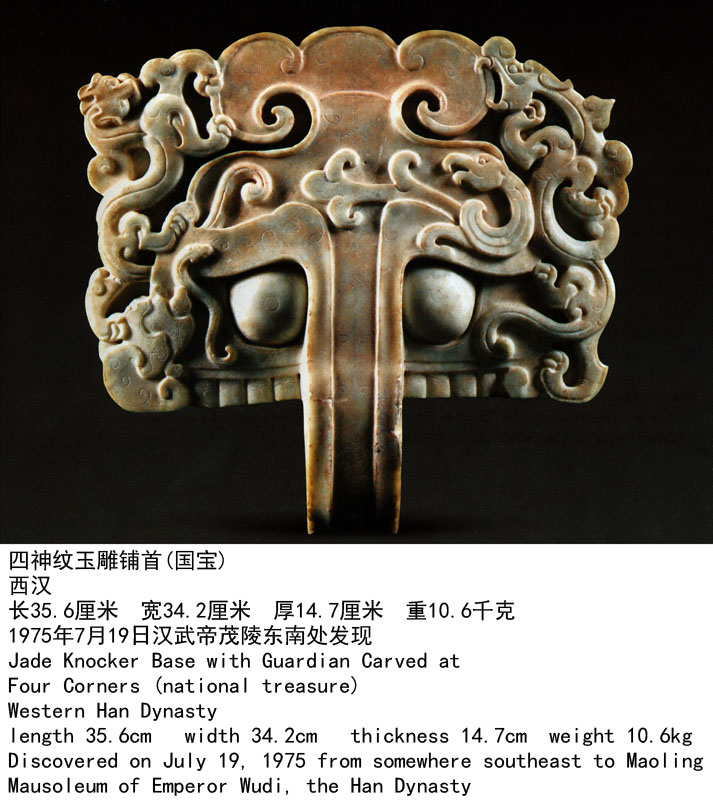
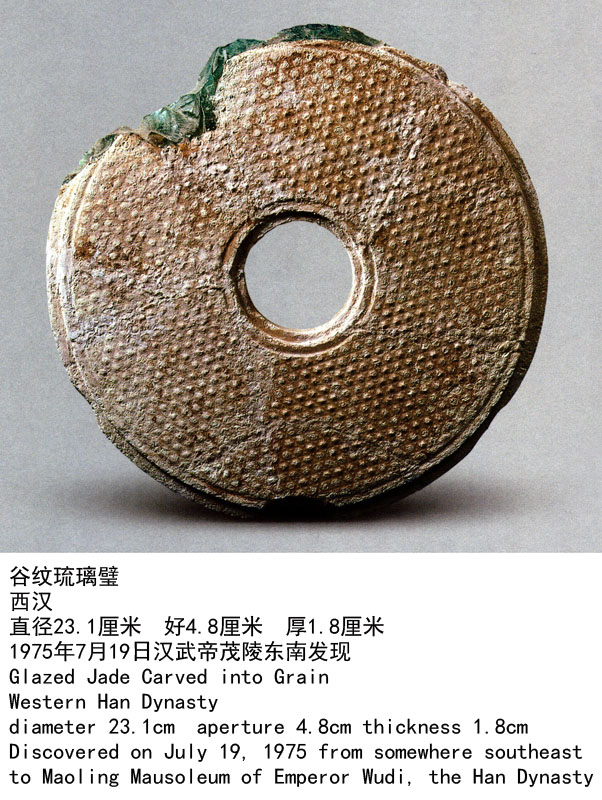

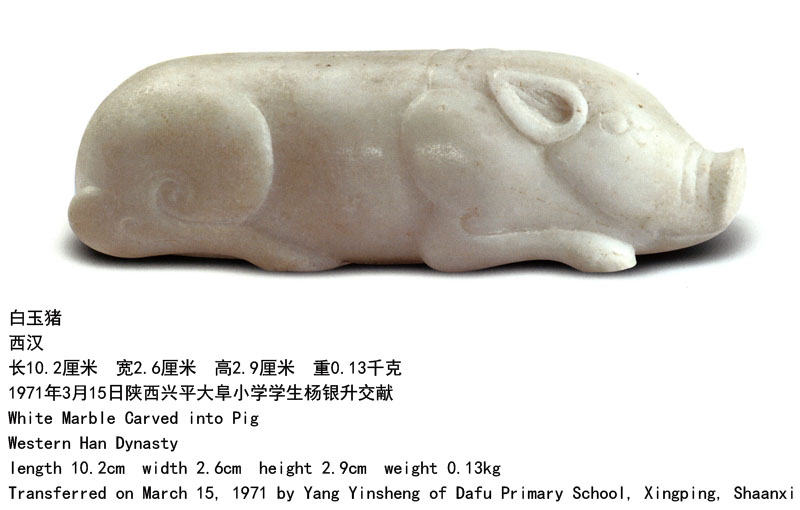

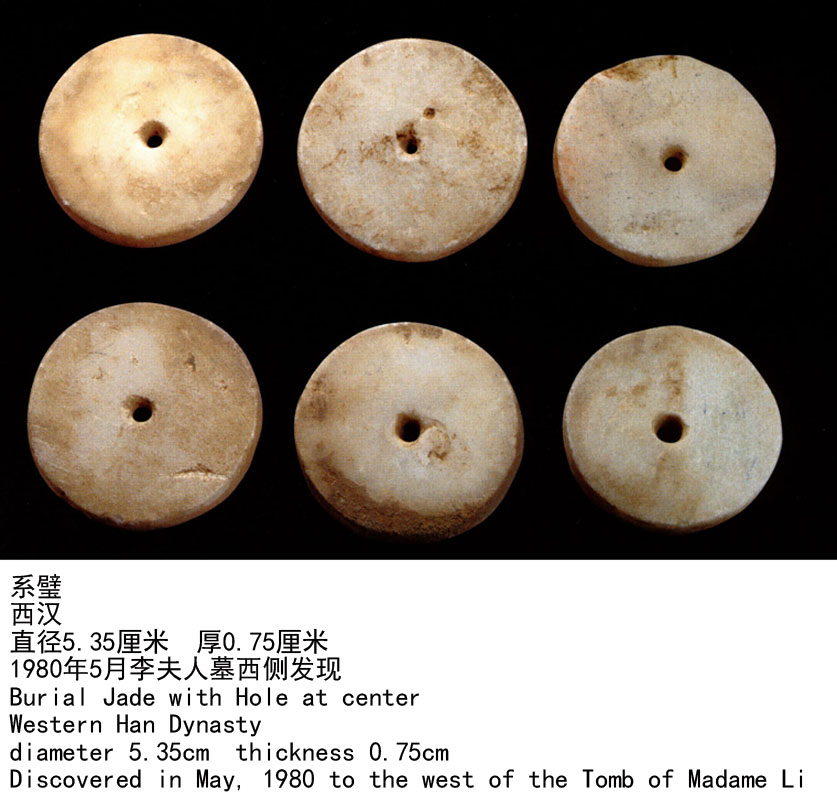
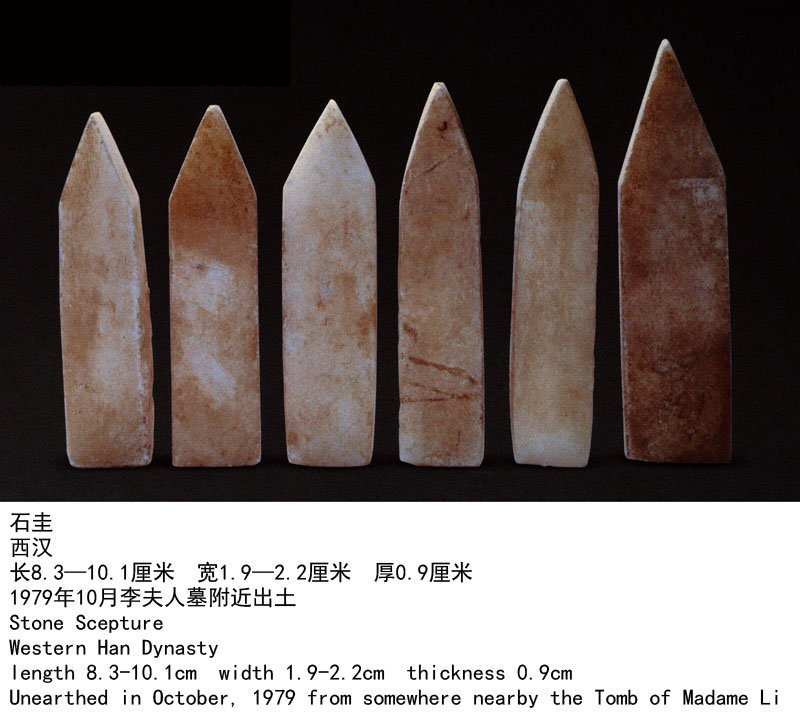


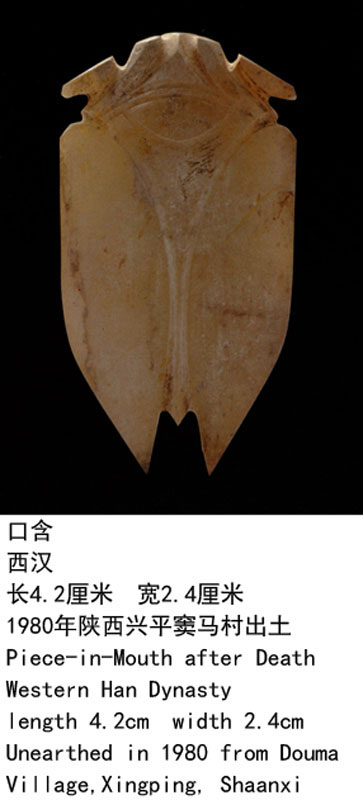

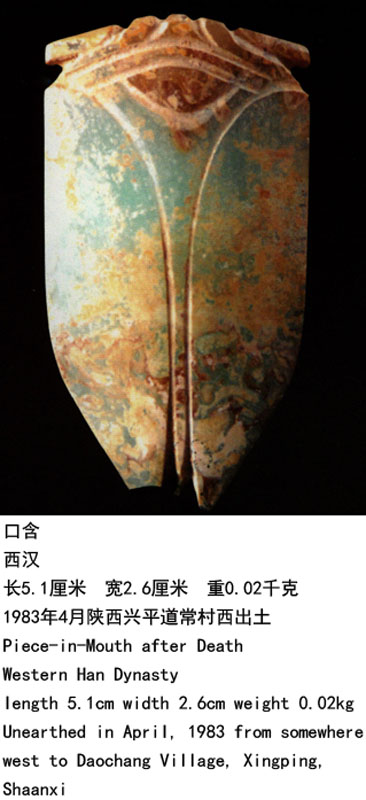
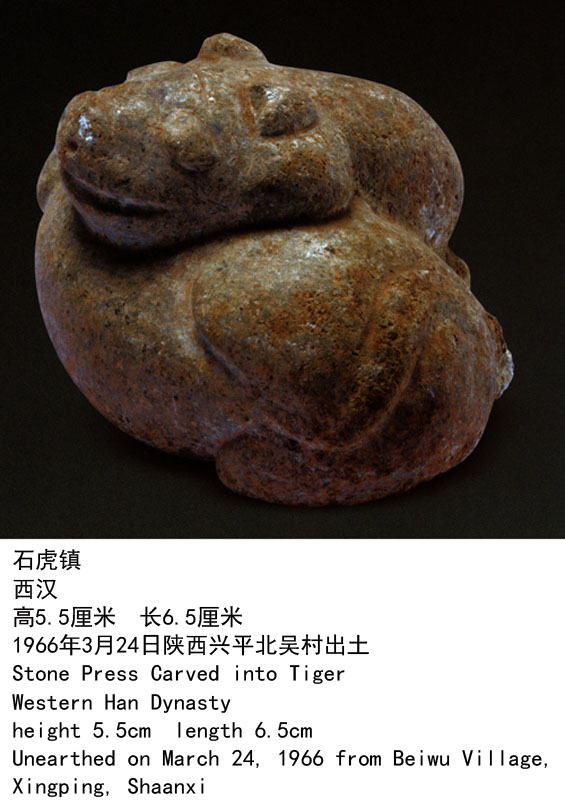
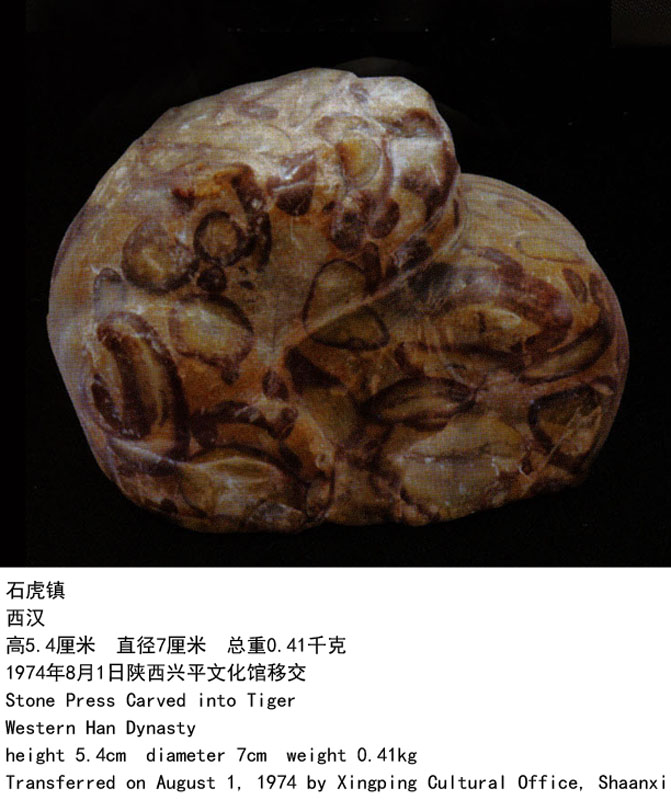

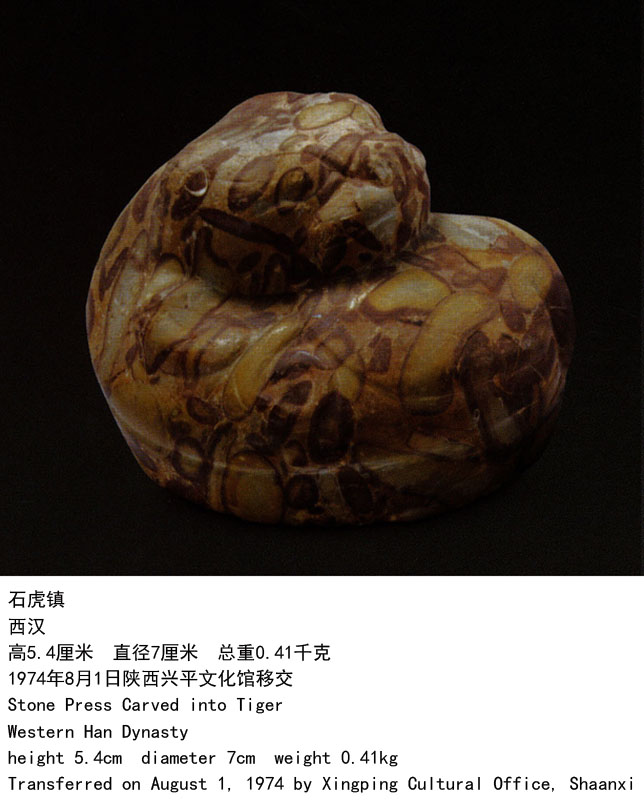
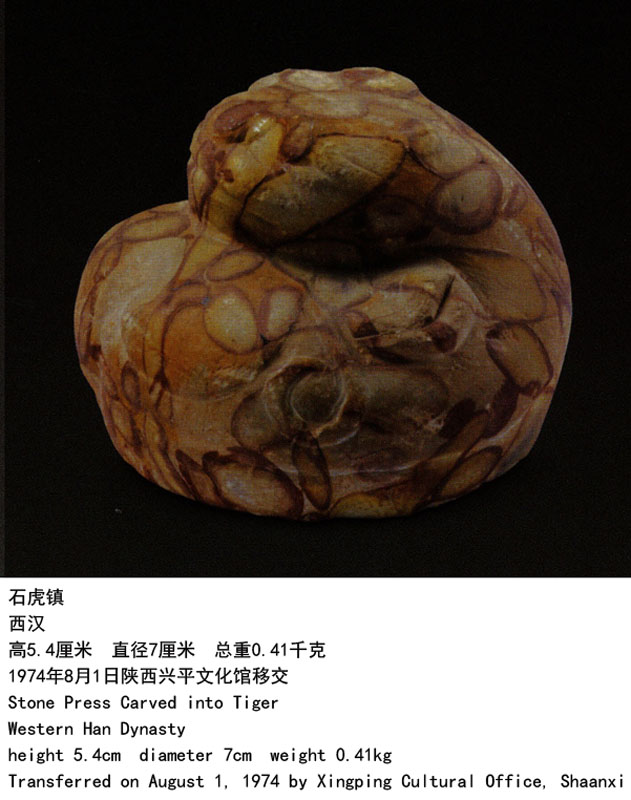


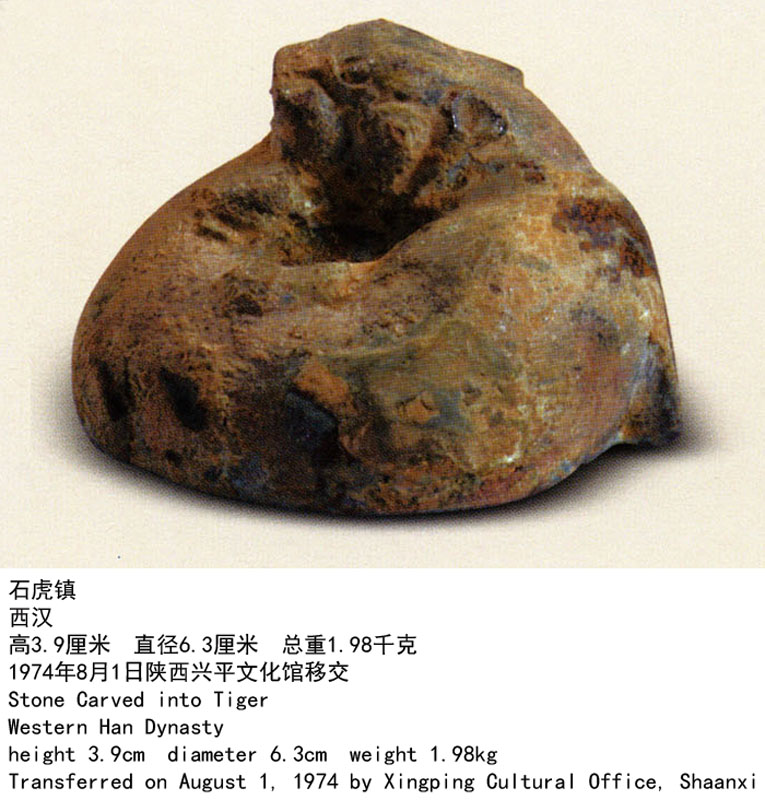
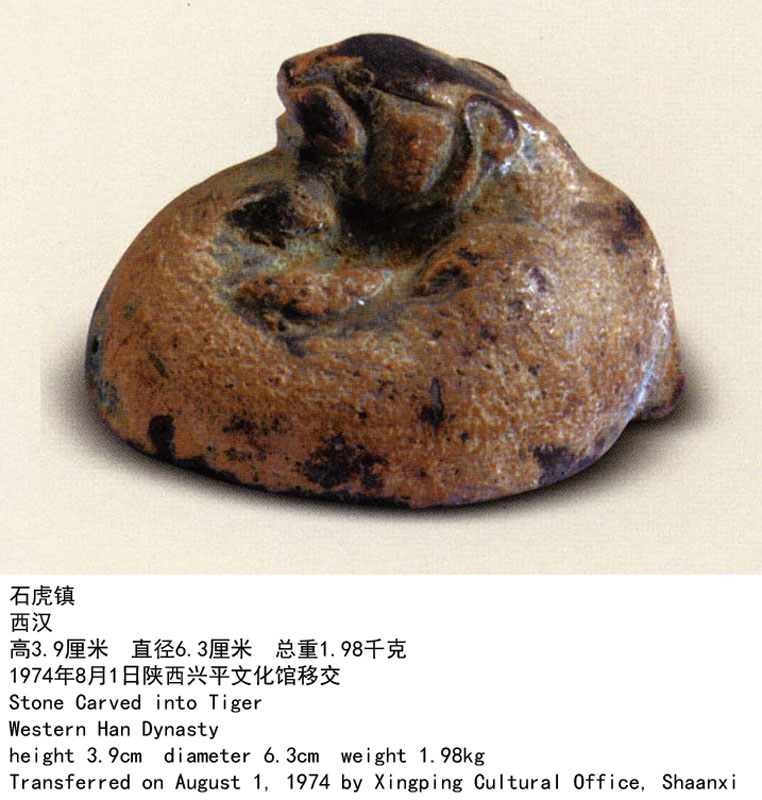
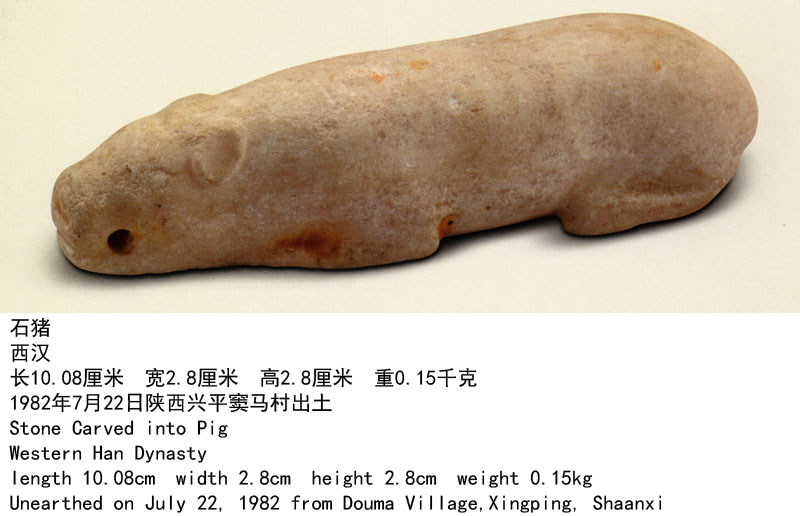
茂陵文物鉴赏图志/王志杰著.—西安:三秦出版社,2012.